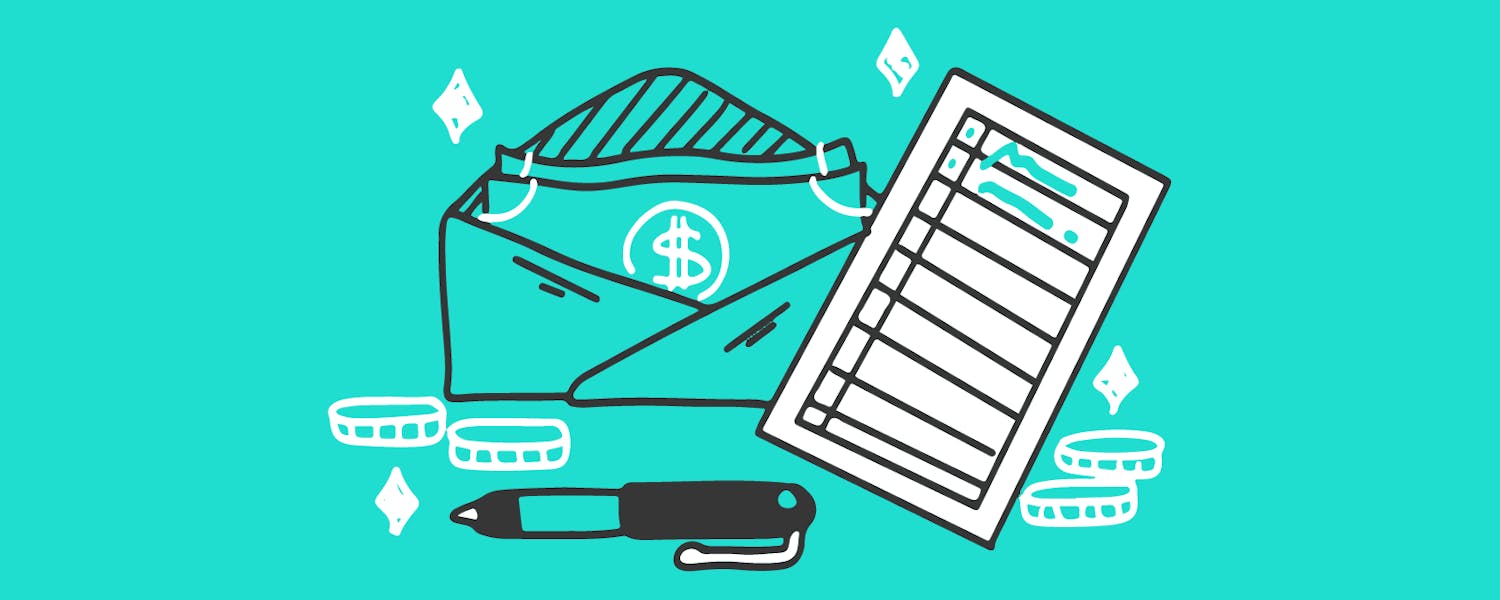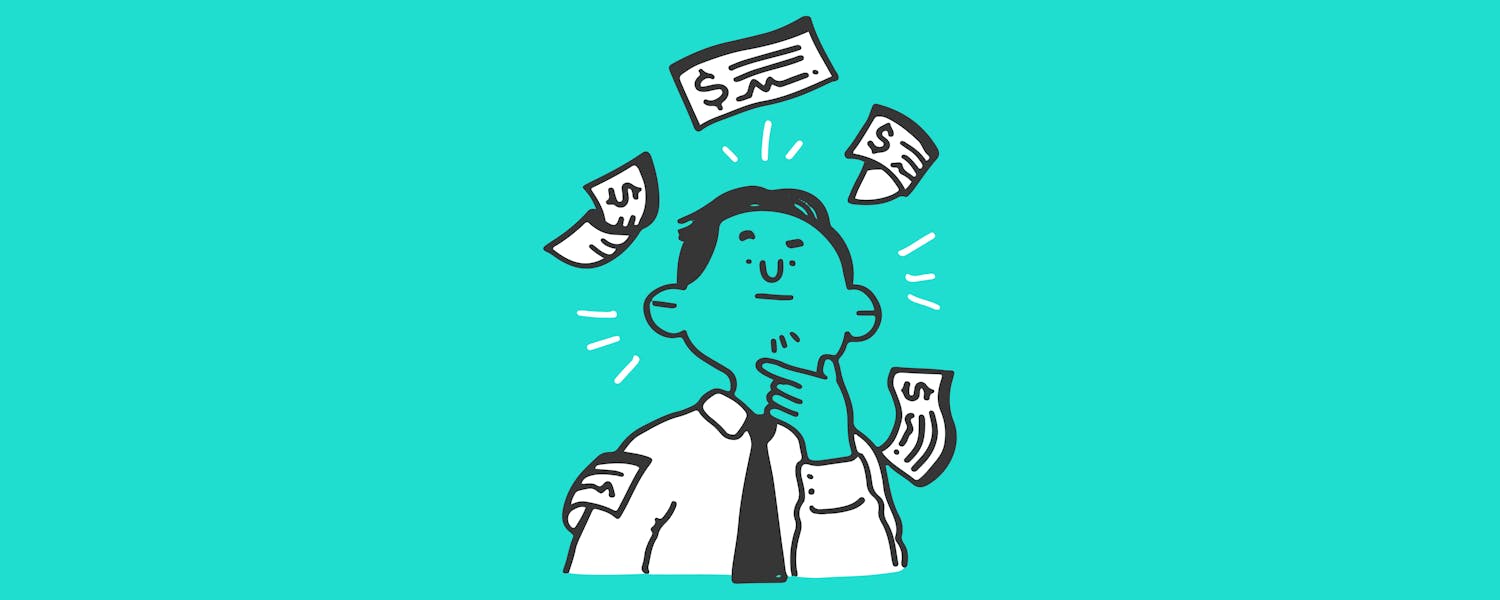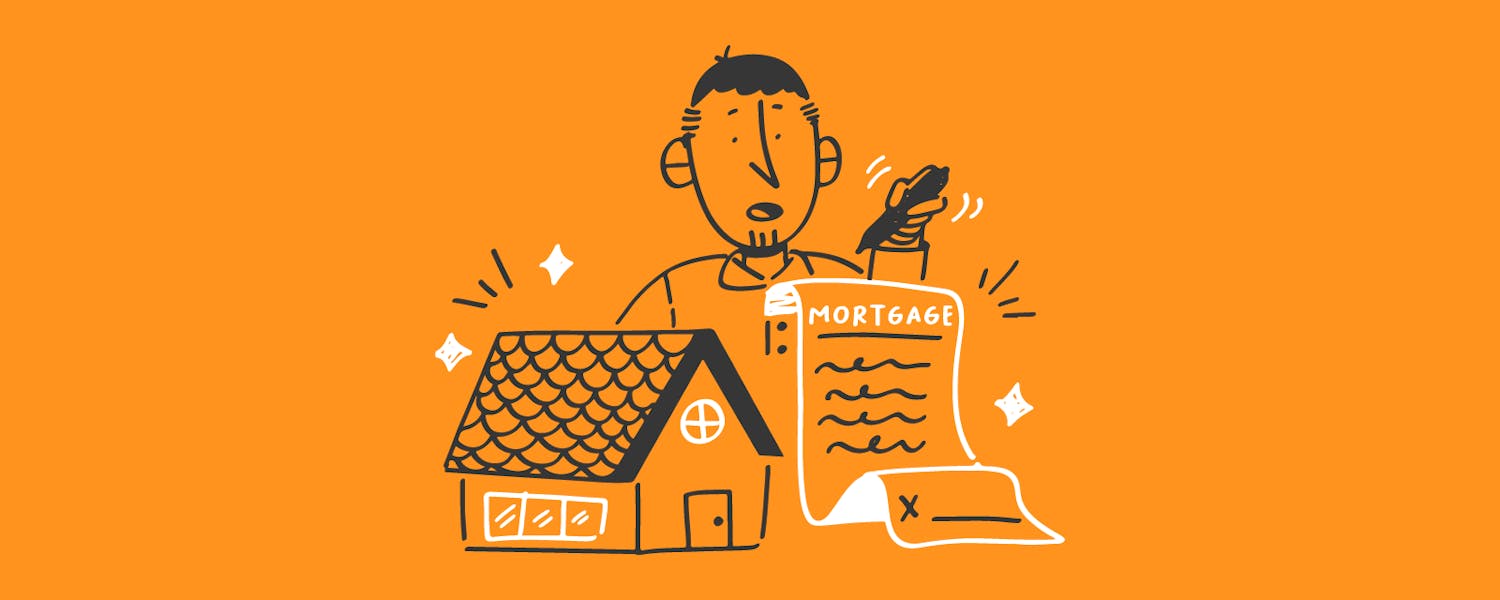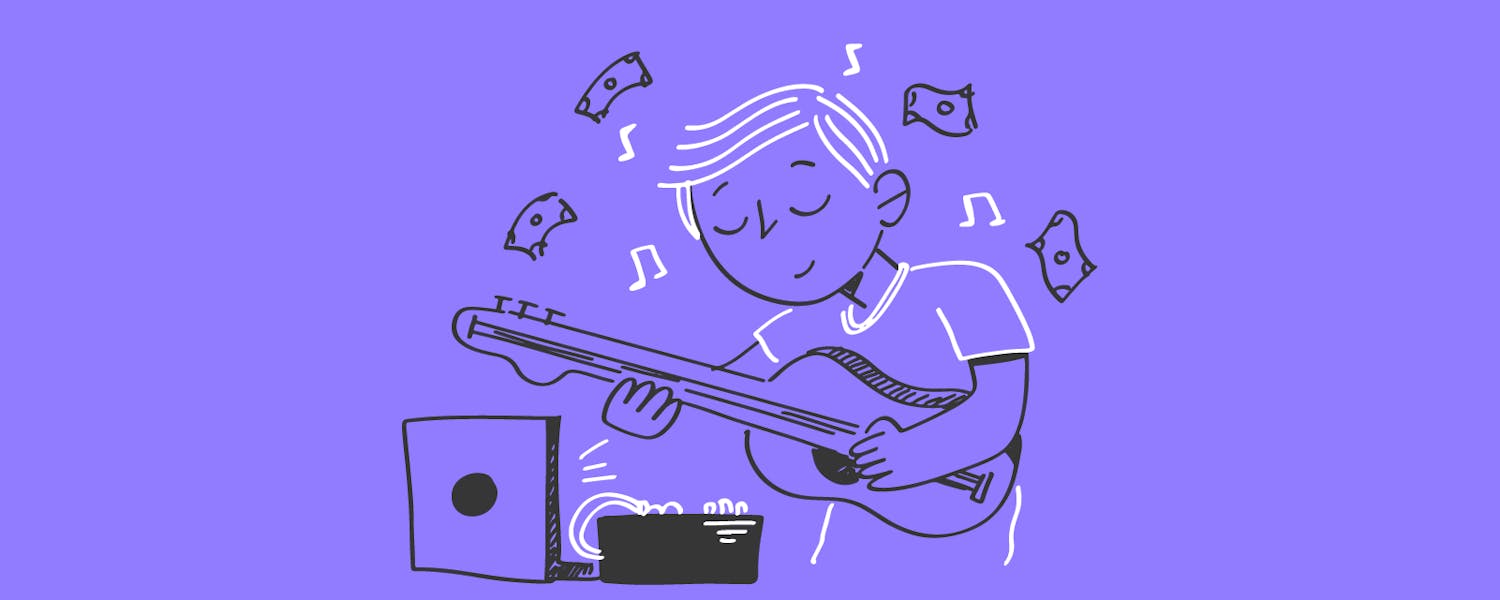Cash Envelopes for a Budget Habit in a Growing Cashless World
In today’s digital world, using digital currency is ever popular. People enter their credit card numbers online, swipe or tap at the store, and even save their card information to their phones for easier checkout.
But having tangible money in hand can help you build great budgeting habits that will help you achieve your financial goals.
This is where the cash envelope system comes in.
The growing cashless society
Cash usage has been descending in the past years, the Federal Reserve's (Fed) findings from the 2022 Diary of Consumer Payment Choice Survey show less affinity to coins & bills in payments.
Only 18% (down 13% from 2016's 31%) of the surveyed said their transactions were made in cash.
The survey showed that credit cards accounted for 31% (up 13% from 2016's 18%) and debit cards for 29%.
Although there've been some efforts promoting mobile payments, it's been up and down from 1% in 2018 to 3% in 2020 and back to 1% in 2022. On the other hand, Automated Clearing House (ACH) payments have been steadily growing from 10% to 13%, showing Americans are choosing the convenience of automated payments over in-person payments.
While these readings show how Americans pay for their purchases, a Pew Research Center survey displays how Americans are opting for a cashless lifestyle.
41% of US adults said they use cash to make a purchase in a typical week.
That's a 20% growth from their 2015's survey that showed 24% of them didn't use cash, approaching to double the stat in only 7 years.
Are We Still Printing Money?
The United States has never stopped printing money, even though most people practice a cashless lifestyle and use digital payment methods.
Most stores accept cash payments, so introducing cash envelopes to your budgeting practices will not leave you in the dark.
Today, most of us can say that we do not carry cash and that digital wallets are the future of money.
Everything is made easy with the swipe or tap of a plastic card at every store, restaurant, or event.
But people benefit from on-hand cash, as it can help influence positive financial discipline and prevent frivolous spending.
What is the Cash Envelope System?
Envato/MargJohnsonVA
Cash envelopes are not a new concept. Referred to as “Cash Stuffing,” it is an idea where someone takes physical money out of their bank account and places it in predetermined categories.
The intention is to make it easier to track each month and meet budgeting goals through cash usage.
This budgeting style has gained traction across social media platforms, like TikTok, where creators are “stuffing cash” into labeled envelopes with budgeted amounts for the month.
How Can It Help Me Keep a Budget?
According to an Experian research, by the end of 2022 the average total consumer household debt was $101,915 (10% up from 2020's $92,727), but breaking out of that cycle is not impossible.
You can see exactly where your money is going by identifying a desired spending amount per category.
Physically seeing a decrease in a category can promote more financial awareness of where you tend to spend the most and improve financial discipline over time.
Envato/Twofiqu98
 How to Apply the System?
How to Apply the System?
Getting started on envelope stuffing does not mean you need to buy one of those fancy pre-labeled envelope stuffers.
You can start with basic white envelopes, labeling them with a pen, and working on your budget in Excel or paper.
Step by Step to Get Your Started
Before you start this activity you will need 3 envelopes and at least one logging format for your expenses to “stuff” in each one.
The format must include the following fields:
In the top section:
- Category: is the name the envelope it belongs to (needs, wants or savings) or if you have more than one category in the envelope, you can have more than one format.
- Budget: how much money you can spend in this category.
- Start balance: these field will help to keep track of previous spendings, if this is the first spending, it will be the same as the budget.
In the middle section:
Make 4 columns with the following headers (and as many rows as your sheet can fit):
- Date: when you made the purchase.
- Concept: what was the spending.
- Amount: how much you paid for it.
- Balance: how much money left you have, which can be made by subtracting your last purchase from the previous balance.
Bottom section:
- Final balance: How much money left you have at the end of the exercise.
- Starting date: the day you begin.
- Ending date: when you finish using the format.
You can also download our template to get started.
Here comes the tough part
- First, to identify a budget that will work for you, look at your spending habits and income. You want to identify places where you think you can reduce spending, like dining out or shopping, and create a spending goal.
- Tailor your budget with the 50/30/20 rule in mind.
- You will allocate 50% of your income for needs.
- 30% for wants
- Snd 20% for savings.
- When you determine how much you will spend in each category, you will label the envelope, and you can stuff it after your next paycheck.
- Any amounts you take out must be tracked by writing down an entry in its log format.
- When the period is over, assess your spendings, recalibrate your budget and start over.
What to Expect?
They say it takes 21 days to create a habit. When you apply the envelope stuffing method to your daily habits, you will see over time that it will become part of your daily routine.
Envato/LightFieldStudios
As time goes on, you will withdraw from your envelopes each time you spend.
This action creates a visual that otherwise you would not see and puts a physical image of an empty envelope in your hands.
Once it is empty, you will not have money to spend in that category until your next paycheck, and you can see what you spent since it is written on each envelope after a transaction.
As your needs change and you make more money, you will see that you can adjust your budgeted amounts to reflect your new financial goals.
Pros and Cons of Managing Cash
Like everything else in money, this budgeting style has pros and cons. While it might work best for one person, another budgeting technique might be better for someone else.
- Pros –
- Keeps your spending in check.
- Creates a good habit.
- Eliminates a paper trail.
- Encourages saving money.
- Helps nurture financial discipline.
- Makes money tracking easy.
- Cons –
- Does not let you pay at cashless stores or venues or online.
- Requires receipts for tax deductions
- Creates the need for a secure storage location at home for financial security.
In Conclusion – Adopt a Hybrid System!
Cash envelopes are nothing new, but they are taking the modern digital world by storm.
Introducing cash management to your digital personal financial practices is a great way to keep track of your spending, reach goals, and create good financial habits.
Today’s digital users may find a hybrid solution ideal for their money-managing practices.
By automating some expenses, like rent, car payments, and deposits into a designated emergency fund, you can use these envelope stuffing method to reach their financial goals.





